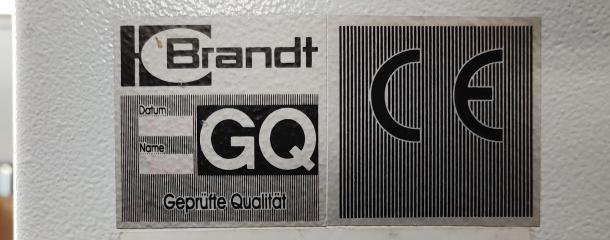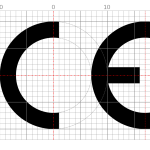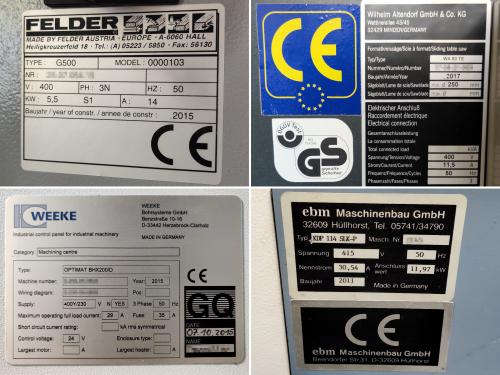CE markingThe sale and movement of goods within the European Union is subject to a number of directives that lay down uniform requirements for goods. Manufacturers or sellers affix the CE marking to their products before placing them on the market, thereby declaring that the product complies with the requirements of the applicable directive(s) or related national provisions. Machinery DirectiveThe so-called Machinery Directive 2006/42/EC of the European Parliament and of the Council, in the latest version dated 17.05.2006, applies to tools, machines and systems in the woodworking sector and is mainly intended to establish minimum standards for security and health protection and to simplify intra-European trade. The obligation to mark a machine depends on its year of manufacture:
Prevention and controlCompliance with the safety requirements of the Machinery Directive must be monitored by the national states. In Germany, this task is performed by commercial employers' liability insurance associations, which are also the carriers of the legal accident insurance. |
CNC machining centres, robots896
Edgebanding, edge processing632
Saws, cutting machines438
Planers, 4-sided moulders188
Routers, shapers, tenoners, profilers181
Drilling, mortising machines135
Presses, clamps, joining machines201
Sanding machines323
Mechanisation, storage, packing technology202
Surface coating152
Production lines127
Heating, drying, waste chopping62
Dust extraction, compressed air, vacuum135
Assembly, worktables15
Lathes29
Tools, sharpening technology91
Equipment, Other machines132



